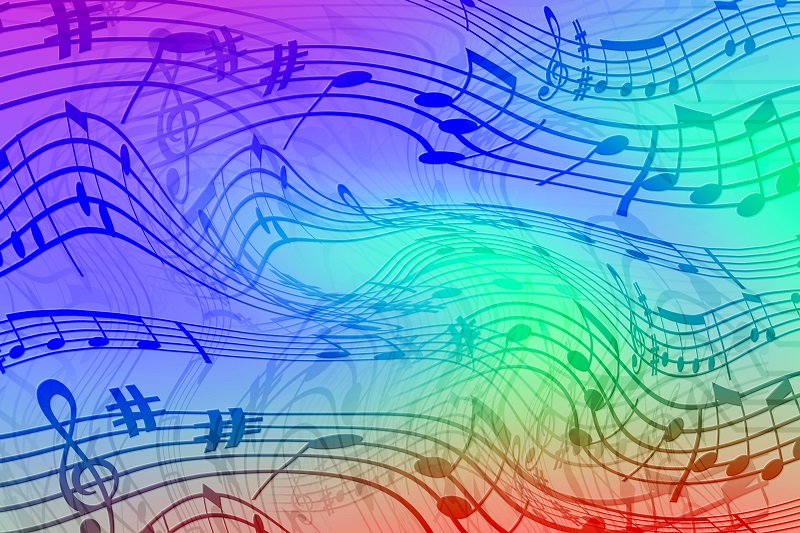Later this week sees the 50th anniversary of Woodstock, a music festival in 1969, which drew an audience of over 400,000.
NCTE recognizes the importance of music as an integral part of literacy education. NCTE’s Summary Statement on Multimodal Literacies begins with the declaration that “Integration of multiple modes of communication and expression can enhance or transform the meaning of the work beyond illustration or decoration” and calls for the inclusion of “art, music, movement, and drama, which should not be considered curricular luxuries.” Below we offer some NCTE resources to help make the connection between music and literacy in the classroom.
Read a Song: Using Song Lyrics for Reading and Writing
While exploring well-known songs through this lesson from ReadWriteThink.org, students learn that songs consist of music and lyrics and make the connection between the words that are sung and the words that can be read. Students complete a project by writing new lyrics to a familiar song and creating illustrations related to the lyrics.
Constant Connections through Literature—Using Art, Music, and Drama
Many teachers have discovered the important role of the arts in children’s learning. This article from Language Arts presents the thoughts of teachers, many of whom work at an expressive arts elementary school, on how they use literature to explore the expressive arts (including music) in their classrooms.
“America the Beautiful”: Using Music and Art to Develop Vocabulary
In this ReadWriteThink.org lesson, students learn the song “America the Beautiful” and the meanings of its words through shared reading and by using the words in a variety of ways. They then use drawings, descriptive language, and photographs to create a mural in the shape of the United States.
Shades of Literacy: Hip-Hop as Authentic Poetry
This article from Voices from the Middle argues that with a rich poetic tradition and a strong appeal for middle school students, hip-hop and other forms of popular culture can invigorate even the more traditional goals of middle school literacy instruction.
On a Musical Note: Exploring Reading Strategies by Creating a Soundtrack
Similarly, take advantage of students’ interest in music and movies with this ReadWriteThink.org lesson that asks students to create a soundtrack for a novel that they have read. As students search for songs and explain their choices, they engage in such traditional reading strategies as predicting, visualizing, and questioning.
Writing for Something: Essays, Raps, and Writing Preferences
Drawing from a larger study, this article from English Journal analyzes how one student writes an essay and a rap on the same subject. The article recommends bringing hip-hop culture into the classroom to help students become academically successful.
Stairway to Heaven: Examining Metaphor in Popular Music
In this lesson from ReadWriteThink.org, students examine metaphors they find in the lyrics of popular music. Using an interactive tool, students illustrate and explain the metaphor, making connections between the literary texts they read in the classroom and musical texts with which they are already familiar.
Using Music Sampling to Teach Research Skills
This article from Teaching English in the Two-Year College explores an approach to the research paper by first discussing sampling, the musical practice of using other artists’ work. By studying the lyrics of Sean “P. Diddy” Combs, a widely known hip-hop sampler, students gain an understanding of quoting, paraphrasing, and summarizing sources.
How do you infuse music in the classroom?

